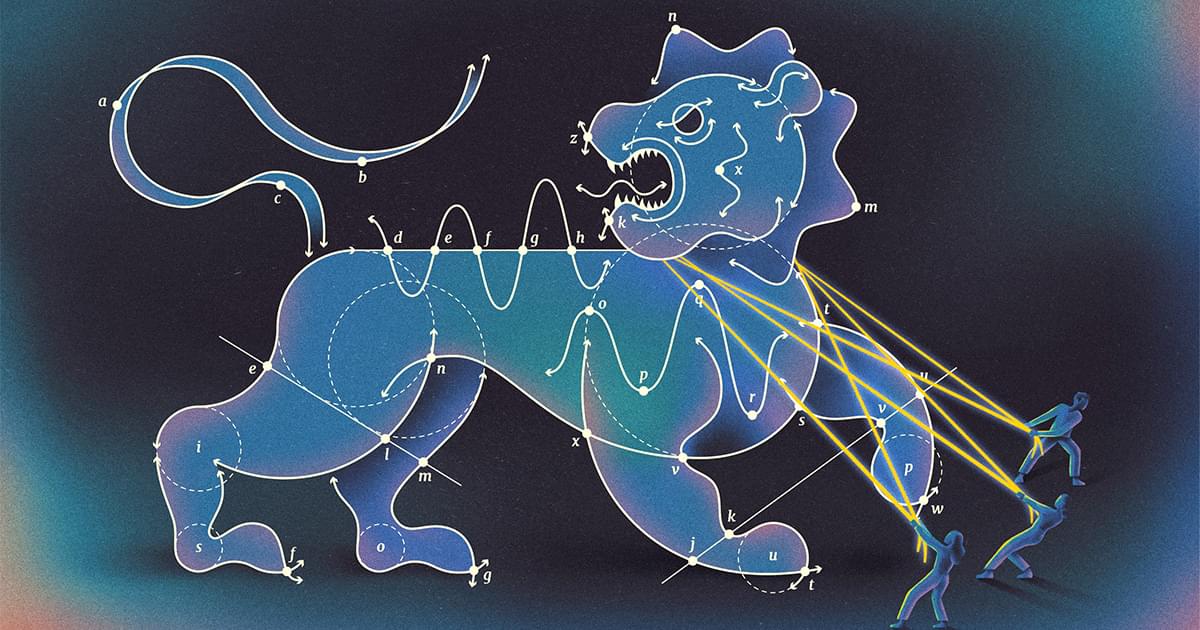Stanford research reveals creators feel exhausted, depressed, and financially unstable due to constant pressure to post, algorithm unpredictability, and frequent “demonetization.” While rage bait may work short-term, it’s unsustainable. Creators eventually seek other revenue streams, only to be replaced by new outrage merchants.
Bottom line: Rage bait is a symptom of platforms’ engagement-based economic incentives—not an isolated phenomenon, but a “highly visible result” of the ecosystem social media companies have created.
“Rage bait” is Oxford’s Word of the Year. What makes anger so appealing?






